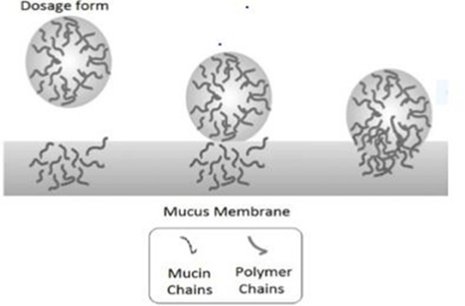Abstract
In recent years, the novel mucoadhesive buccal drug delivery system has been developed over the conventional and systemic dosage forms. To bypass drugs from the hepatic first-pass metabolism and it enhances the bioavailability of drug at the site of administration. Absorption of a drug through the buccal mucosa reduces the degradation. Some of the enzyme activity and pH variation in the gastrointestinal tract reduces the absorption and active drug loss. To overcome this problem, the buccal route is preferred. Polymers are used in this formulation to improve the drug release rate over an extended period, and also, the therapeutic plasma level of the drug can be rapidly achieved. Overall this narrative review explains mechanism and theories, method of preparation, factors affecting mucoadhesion, advantages and limitations, applications, components used in the formulation, characterization and evaluation methods. Since the cytoplasm and intercellular spaces are hydrophilic. Lipophilic drugs have a low solubility in this environment. However, the cell membrane is rather lipophilic; it tends to difficulty permeating the hydrophilic solute through the cell membrane because of a low partition coefficient. Therefore, the cytoplasm and intercellular spaces act as a major barrier to penetration of lipophilic compounds and the cell membrane poses as an extensive transport barrier for hydrophilic compounds. Since the oral epithelial is stratified, the permeation of solute may involve these combination routes so that the route is more predictable.
Full text article
Authors

This work is licensed under a Creative Commons Attribution-NonCommercial-NoDerivatives 4.0 International License.

